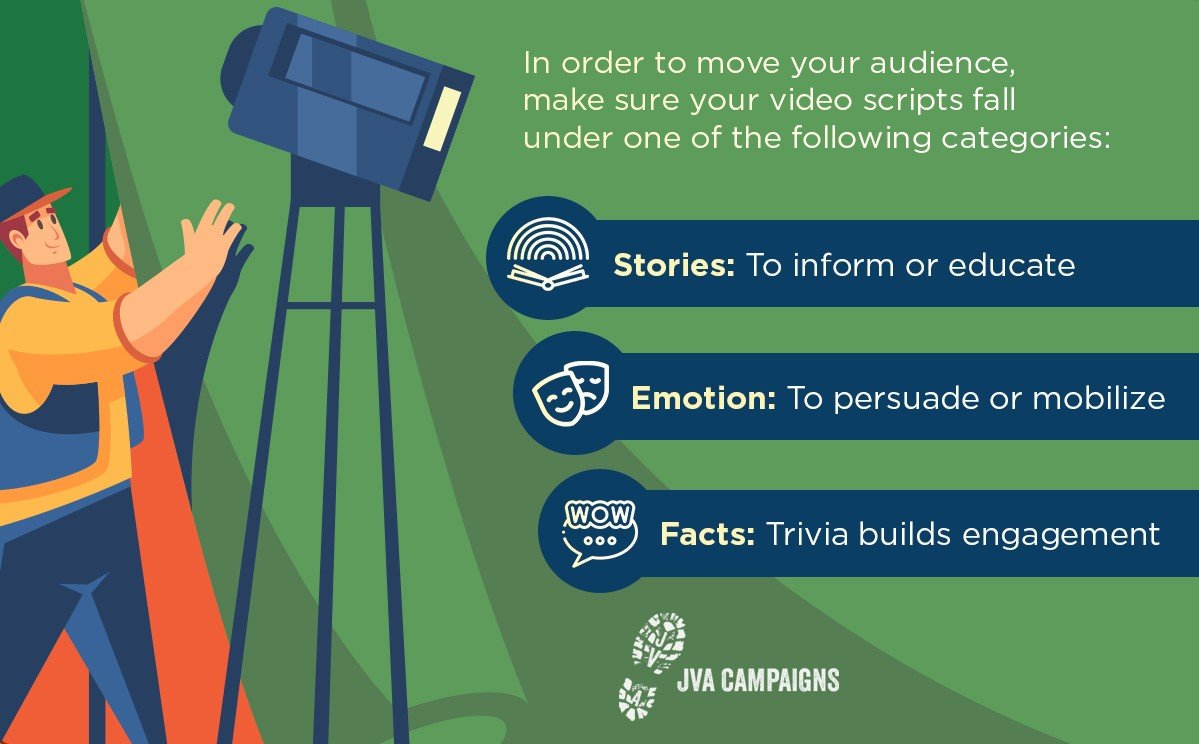In the United States, 99% of 18-29-year-olds are internet users, with nearly half admitting to being online “almost constantly.” If you want to influence young audiences and inspire them to take action, whether that means voting, being an advocate, or supporting your cause, you’re most likely to reach them online.
Reaching young audiences has become increasingly complex over the years due to growing privacy concerns and increasing targeting restrictions. However, it is still possible to target these audiences with accuracy, influence them with the right message, and get them to take action. Here are 10 ideas on how to do it.

1. Target on the right platform.
The first step in reaching young audiences online is targeting on the right platform. 70% of U.S. adults 18-29 use Facebook, 71% use Instagram, and 95% use Youtube. Well over half of U.S. adults are using these platforms daily. Social media platforms are where the vast majority of young adults in America get their news, socialize, and consume media. If you want to reach a young audience, this is where you’ll find them.
2. Prioritize mobile formats.
Smartphones make up 80% of social media browsing. If you want young audiences to see your content online, you must prioritize content formats that are viewed on mobile devices. That means creating vertical content, creating short-form videos, and following fast-moving trends. It also means bidding higher on mobile ad placements.
3. Talk about issues young people care about.
It’s no surprise that 18-29 year-olds care about different issues than older generations. While young Americans don’t necessarily all share the same opinions or care about the same issues, surveys have shown that the environment, racism, and affordable health care are the top three most likely to drive them to take action or engage with your content. If you want your audience to be genuinely interested in and engaged with your message, make sure you’re talking about the issues that affect them.
4. Use short videos.
Short-form video is one of the most effective message formats, especially when targeting younger audiences. Shorter videos (20 seconds or less) are generally more attention-grabbing and are easier for viewers to digest quickly. They also tend to come across as more relatable and genuine than longer and professionally produced videos, which is especially important when targeting Gen Zers or millennials.
5. Use organic and relatable content.
Using organic content humanizes your brand and message. It can make your message seem more genuine, personal, and relatable than running ads alone. Young adults especially don’t want to feel like they’re seeing just another ad. Make your content and message creative, and truly speak to your audience, as if the information is coming from a friend.






















